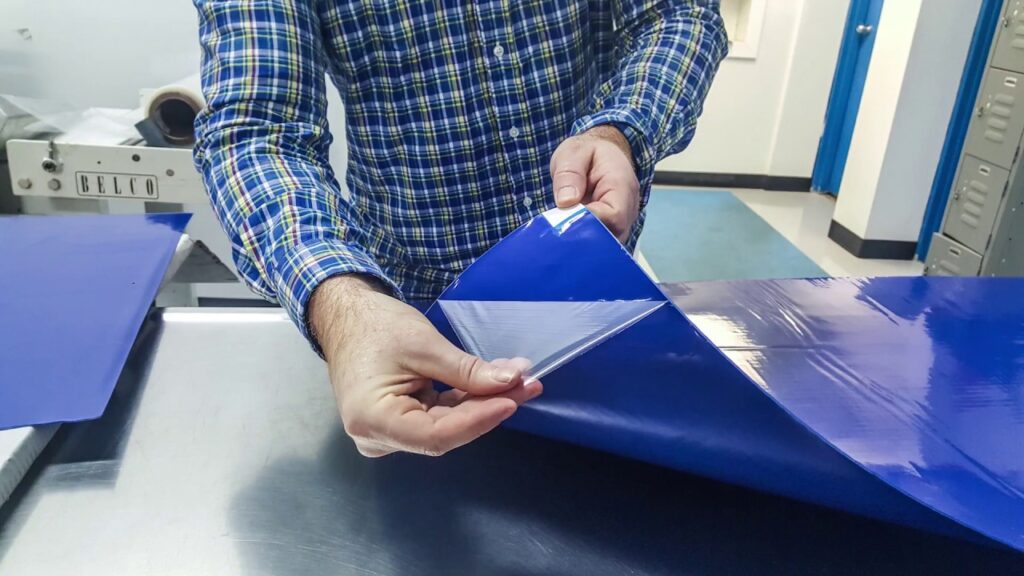### The Essential Role of Contamination Control Mats in Clean Environments
In maintaining pristine controlled environments, such as cleanrooms, contamination control mats play an indispensable role. These mats are designed to act as a barrier against dirt, dust, and other contaminants, effectively stopping them at the door. Let’s dive into the key features and best practices for using these crucial tools in your facility.
#### Purpose of Contamination Control Mats
The primary function of contamination control mats is straightforward: they prevent external dirt and dust from entering sensitive areas. This ensures that the environments remain uncontaminated and adhere to rigorous cleanliness standards.
#### Features that Make a Difference
1. **Adhesive Coating**: Each mat is composed of multiple ultra-thin sheets of adhesive-coated film. These layers trap dirt and particles as foot traffic or wheels pass over them, ensuring contaminants don’t make their way into clean areas.
2. **Removal Process**: When a sheet becomes soiled, it can be effortlessly peeled off to expose a fresh layer. Numbered tabs make it easy to track the number of remaining sheets, so you know when it’s time to replace the mat.
3. **Frames**: For added safety and stability, mats can be placed inside low-profile, no-trip, non-skid frames that are securely attached to the floor.
4. **Anti-Microbial**: The acrylic adhesive used in these mats does not support microbial growth, contributing to a healthier environment.
5. **Particle Removal Efficiency**: Each layer is effective at removing up to 95% of particles at .30 microns, ensuring high levels of cleanliness.
6. **Thickness**: These mats are 30% thicker than standard options, which helps prevent tearing and enhances durability.
7. **Eco-Friendly Material**: The mats are made from GMO-free, renewable, plant-based Cardia Biohybrid™ material, which significantly reduces CO2 emissions and is recyclable.
#### Ideal Placement and Installation
For optimal efficacy, contamination control mats should be strategically placed at all entrances to controlled environments. Additionally, it’s beneficial to have them adjacent to construction sites or areas where dust and dirt are prevalent.
Before installing a mat, ensure the floor surface is thoroughly dry and clean. Remove the clear cover sheet to expose the adhesive. When removing soiled sheets, always peel in the direction away from the critical environment to prevent airborne contamination.
#### Available Sizes and Ordering Information
Contamination control mats come in various sizes to fit different needs. Popular options include:
– 18″x36″
– 24″x30″
– 24″x36″
– 36″x45″
– 46″x60″
You can order refills with or without frames, and the quantity of sheets per case varies based on the mat’s size and type.
#### Additional Tips for Maintenance
– Use double-sided carpet tape to anchor the mat if it starts to become loose.
– Be proactive and reorder mats when you’re a few weeks from running out to ensure uninterrupted contamination control.
By integrating contamination control mats into your standard operating procedures, you can safeguard your cleanrooms and other sensitive environments from unwanted contaminants, thereby maintaining high standards of cleanliness and efficiency.

